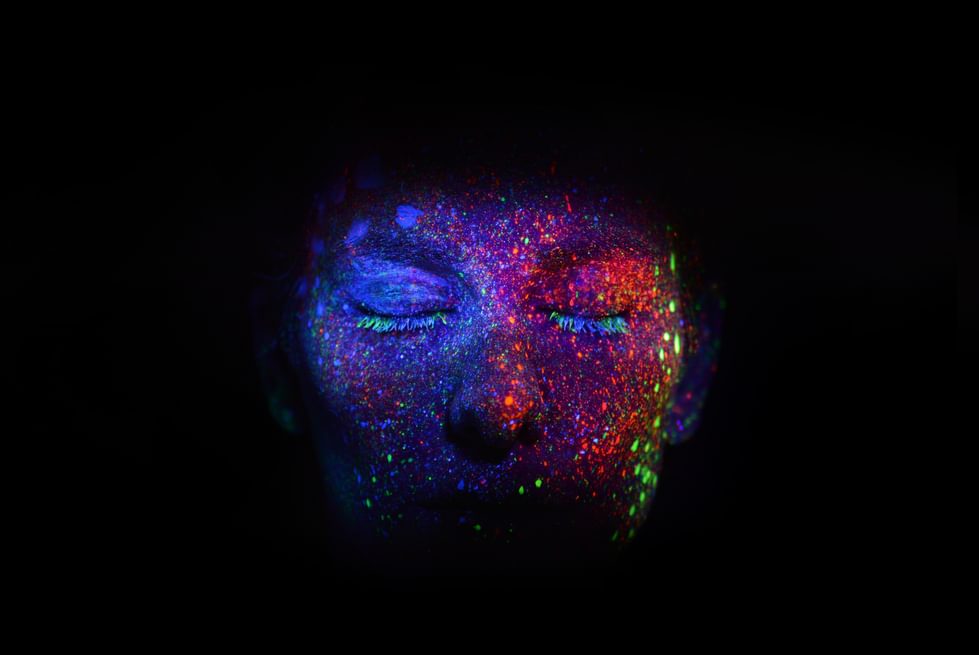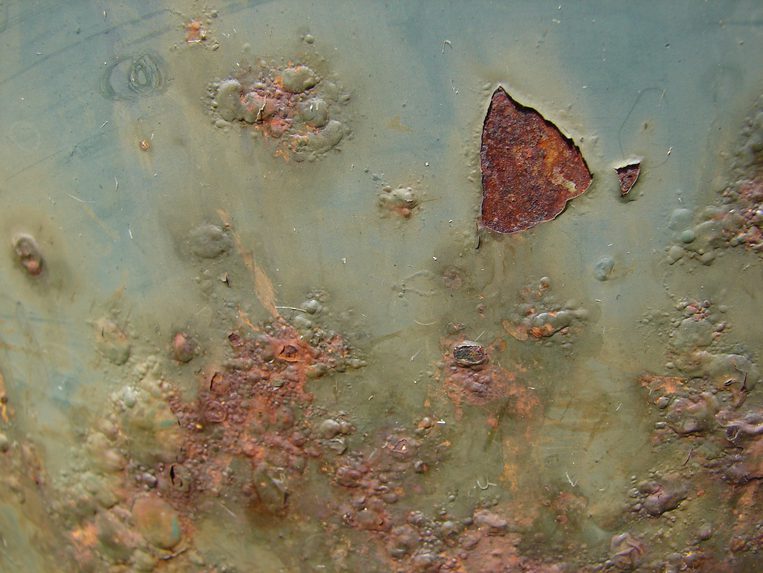Nature
From the Series: Lexicon for an Anthropocene Yet Unseen
From the Series: Lexicon for an Anthropocene Yet Unseen

“Back to nature, back to somewhere else” is a line from the song “Back to Nature” by the English postpunk band Magazine, from their 1979 album Secondhand Daylight. What kind of nature might one come back to—not in the manner of a homecoming but as a different, unfamiliar place, an elsewhere? What would it take to experience a return to nature in these terms? These questions are worth reflecting on, not least because they appear so removed from the terms of many recent academic debates. It has, after all, been a characteristic gesture of much recent scholarship to assert that what was once called “nature” is, in fact, inextricably entangled with human projects. Environments—all environments, so the argument goes—should be understood as the reciprocal cocreation of a variety of human and nonhuman actors: what Donna Haraway (2007) has famously termed naturecultures, or the material-semiotic.
Recent proclamations of the advent of the Anthropocene as a distinct geological epoch might seem to validate such a shift, putting a definitive end to the possibility of conceiving of a nature that is not thoroughly humanized, historical, or social. Nonetheless, as Claire Colebrook (2014), for one, reminds us, the term Anthropocene evokes at the same time the prospect of human extinction, and thus of a world from which any experiencing, knowing, perceiving human subject is radically absent. Nigel Clark (2011), too, has issued a forceful statement on the need for humans, as sojourners on a volatile planet, to acknowledge and respect the wayward potentialities of the other-than-human presences by which they are surrounded, and upon which they depend for their continued survival. Clark notes that even the so-called anthropogenic climate change associated with, for example, the burgeoning human consumption of fossil fuels, represents an intervention into meteorological and other systems that have always been characterized by their dynamism and instability, and that such interventions therefore have the potential to produce tipping points and feedback effects in excess of anything humans are able to calculate or predict.
We might ask then whether hyphenated and portmanteau terms run the risk of confining the other-than-human within an all-encompassing social relationality that remains tacitly human-centered even in its purportedly greater inclusiveness, thus dimming our appreciation of a universe that exists independently of our capacity to relate to it (Meillassoux 2008). Naturecultures, after all, seem always to presuppose a human component, along with a human vantage point from which interactions with entities of other kinds can be observed and explicated. Yet surely the notion of the Anthropocene calls into question the continuing possibility of such a vantage point by evoking the prospect of humanity’s own becoming-mineral—one more stratum, one more trace in the fossil record that may or may not be legible to the paleontological curiosity of a hypothetical posthuman observer.

What, however, if Nature—rather than being a simple exteriority to be subjugated or fetishized—were more like an intimate stranger, an unheimlich presence in Sigmund Freud’s sense? Or, more provocatively perhaps, following H. P. Lovecraft (1999) and, more recently, Reza Negarestani (2008), an indwelling alien, a capricious, monstrously embodied, inhuman intelligence lurking in the tellurian depths, inscrutable yet ineradicable? Extending the terms of psychoanalysis, Jean-Luc Nancy (2012, 91) suggests that what is at stake, ultimately, in Freud’s concept of the Id is “what links us together . . . not only us humans but the totality of beings—the animal within us, and even the vegetable, the mineral.” Might one speak of nature, then, as akin to a planetary or cosmic Unconscious, generative rather than repressive—a “naturing” nature rather than a “natured” one, in terms of the distinction borrowed by Baruch Spinoza from medieval philosophy—one that, of course, necessarily includes all the dead, human and other (see McLean 2013)?
If discussions of the Anthropocene have often taken their cue from the sciences, it may be that academic discourse stands to learn as much here from literature and the performing and visual arts, insofar as each of these has engaged more or less explicitly with the interface between the materiality of a medium—whether it be paint, stone, celluloid, the body of the performer or, most strikingly in the case of poetry, the rhythmic and phonic substance of language (Kristeva 1985)—and the production of discursively redeemable cultural meaning. Art and literature index and creatively exploit the complicity of human worlds with the other-than-human materialities from which they are fashioned, materialities that always have the capacity to exceed and disrupt the human projects enacted through them. At issue here is not the cultural construction of nature, nor actor-network theory’s concatenations of humans and nonhumans under the rubric of an expended sociality, but rather an inescapable human involvement with forces that can never be exhaustively encompassed by human intentionalities and understandings. Is it not the world’s very indifference to human purposes that guarantees the possibility of what both the anthropologist Elizabeth Povinelli (2011) and the poet Myung Mi Kim have referred to as the otherwise?
Like the concept of the Anthropocene itself, art and literature alert us as humans to our shared consubstantiality with what (without lapsing back into discredited dualisms) we need not be embarrassed to call nature—a nature that, for all our inescapable embeddedness within it, retains nonetheless a reserve of ungraspability and incalculability that is constitutive of nature’s own becoming, rather than simply a function of the limitations of human knowledge—a nature, therefore, that is never simply for us.
Clark, Nigel. 2011. Inhuman Nature: Sociable Life on a Dynamic Planet. Thousand Oaks, Calif.: Sage.
Colebrook, Claire. 2014. Death of the PostHuman: Essays on Extinction, Volume 1. London: Open Humanities Press.
Haraway, Donna J. 2007. When Species Meet. Minneapolis: University of Minnesota Press.
Kristeva, Julia. 1985. Revolution in Poetic Language. Translated by Margaret Waller. New York: Columbia University Press.
Lovecraft, H. P. 1999. The Call of Cthulhu and Other Weird Stories. New York: Penguin.
McLean, Stuart. 2013. “‘Seaweed and Limpets Will Grow on Our Gravestones: On Islands, Time, Death, and Inhuman Materialities.” In Taming Time, Timing Death: Social Technologies and Ritual, edited by Dorthe Refslund Christensen and Rane Willerslev, 17–39. Farnham, U.K.: Ashgate.
Meillassoux, Quentin. 2008. After Finitude: An Essay on the Necessity of Contingency. Translated by Ray Brassier. New York: Continuum.
Nancy, Jean-Luc. 2012. Adoration: The Deconstruction of Christianity, II. Translated by John McKeane. Bronx, N.Y.: Fordham University Press.
Negarestani, Reza. 2008. Cyclonopedia: Complicity with Anonymous Materials. Melbourne: re.press.
Povinelli, Elizabeth A. 2011. Economies of Abandonment: Social Belonging and Endurance in Late Liberalism. Durham, N.C.: Duke University Press.